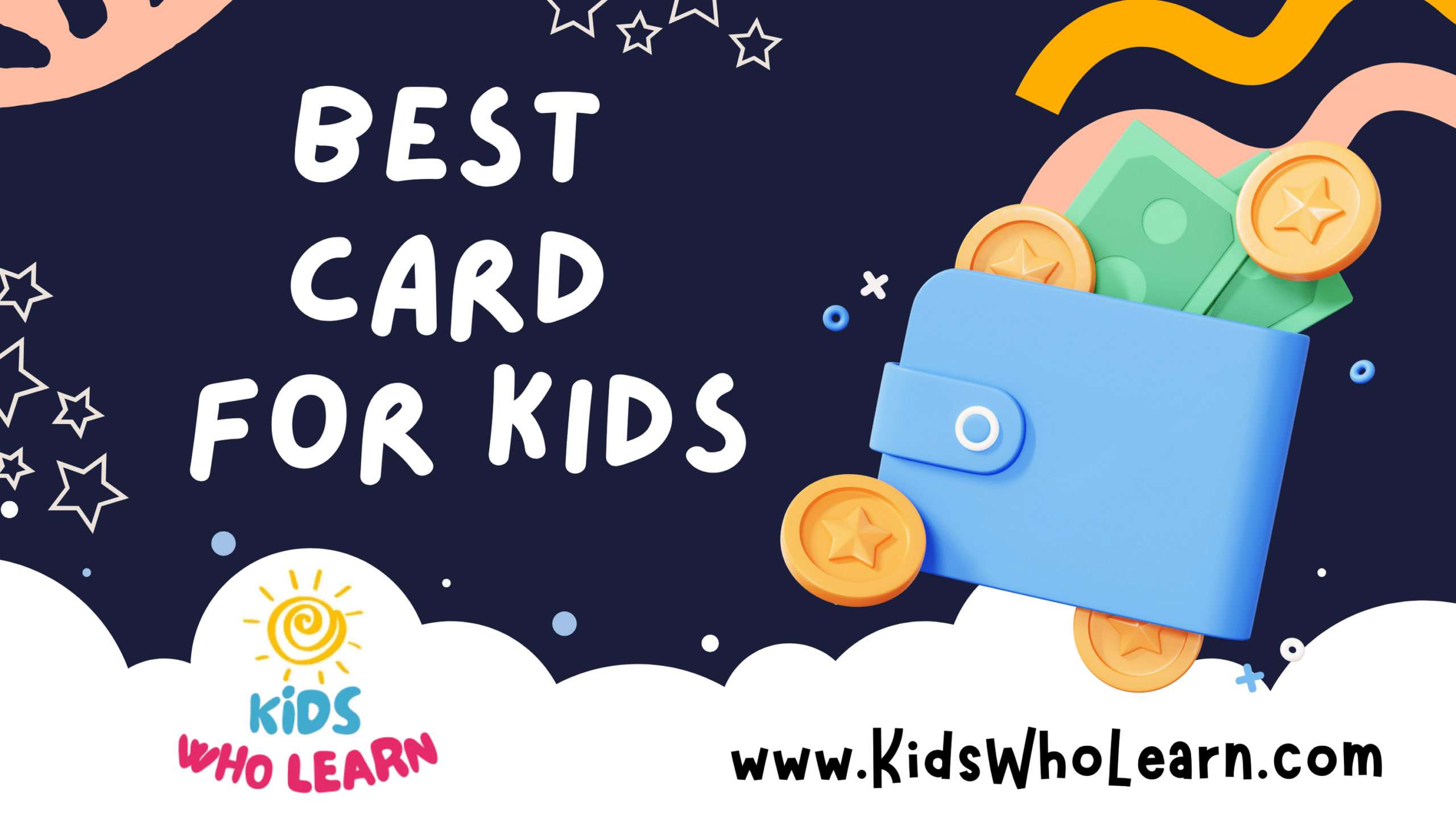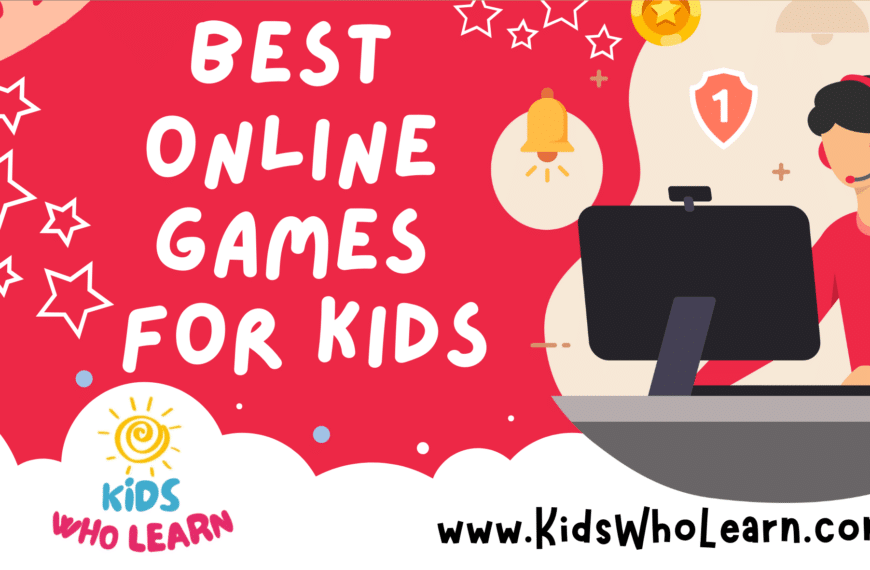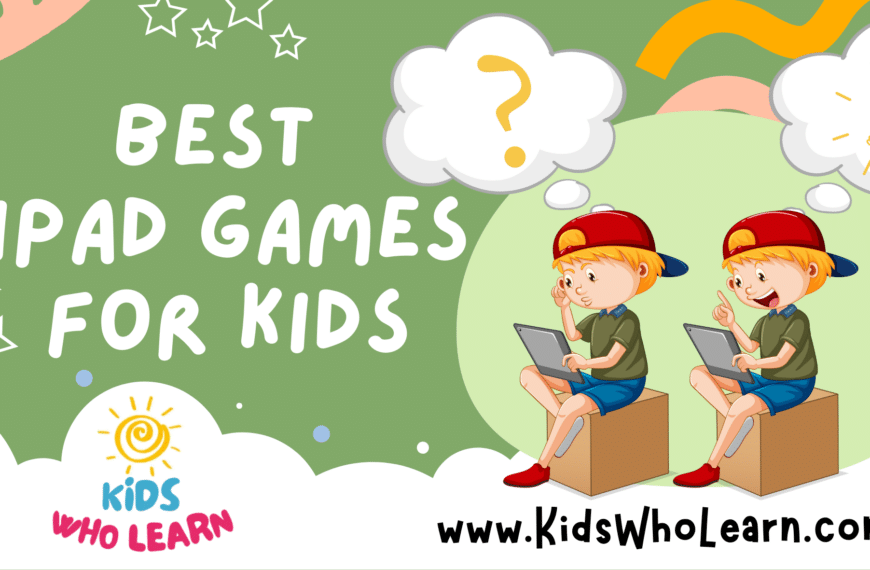Handheld gaming devices offer a unique opportunity for entertainment and education, and finding the right games can be critical for younger players. These devices allow kids to engage in interactive play while also developing critical thinking and hand-eye coordination. From the immersive worlds of adventure games to the strategic challenges of puzzle games, handheld consoles like the Nintendo Switch and the various iterations of the PlayStation Portable have a wide array of titles suitable for children.
The market boasts a plethora of games that not only captivate children’s imaginations but also ensure safe and age-appropriate content. When selecting games, it’s beneficial to look for those that encourage learning through play, promote physical activity with motion controls, or foster creativity and problem-solving. With the evolving landscape of technology, handheld games are frequently updated with new features, expanded content, and improved educational aspects, making the selection process continuous and dynamic.
Key Takeaways
- Handheld gaming devices are beneficial for children’s development and entertainment.
- Appropriate game selection is key to ensuring a positive impact on young players.
- Technology advancements continuously enhance the handheld gaming experience.
Understanding Handheld Gaming Devices
Handheld gaming devices cater to your entertainment needs on-the-go, providing a blend of portability and capability to engage in video gaming anywhere.
Types of Handheld Consoles
Handheld consoles have evolved significantly, with various models available for every age group and gaming preference. Nintendo has been a pivotal player in the market with devices like the Nintendo Switch, Nintendo Switch OLED, and Nintendo Switch Lite. These consoles offer a mix of traditional and innovative gaming experiences with adaptable controllers, known as Joy-Cons, and the Switch’s unique ability to dock and play on a larger screen. On the other hand, PlayStation and Xbox have traditionally focused on home console experiences, though PlayStation has delved into handhelds with devices like the PlayStation Vita, which featured a built-in screen and was backward compatible with select game systems.
Features of Handheld Games
The hallmark features of handheld games include their built-in screens, often utilizing OLED display technology for vibrant visuals and improved battery life. Portability is a key advantage, allowing you to bring your entertainment wherever you go. Most handheld gaming devices provide a range of sensory experiences like immersive 3D audio. Certain models are durable and designed specifically for younger gamers, encouraging memory games that can help with hand-eye coordination. The Nintendo Switch offers versatility with detachable Joy-Cons, whereas the DualSense controller of PlayStation’s home consoles has been lauded for its haptic feedback, though it is not incorporated into a handheld format.
Benefits of Handheld Gaming
The benefits of handheld gaming are numerous. These devices allow for balancing work or study with leisure, fitting easily into your spare time. They are perfect travel companions due to their compact size and ability to be used without an external power source for several hours. Handheld gaming devices also cater to a range of genres and are typically more accessible to a wider audience, making them great tools for entertainment and keeping your mind active with strategy or puzzle games when you’re out and about.
Selecting the Right Game System for Kids
When choosing a handheld game system for your child, consider the console’s content, cost, and capabilities to ensure a suitable match for their age and interests.
Age-Appropriate Game Choices
Nintendo Switch: Ideal for a wide age range, from young kids to teenagers. Offers a vast library of family-friendly games, many of which are exclusive to the console. The American Academy of Pediatrics (AAP) suggests that games should be age-appropriate, and the Nintendo Switch excels in this area with titles rated for everyone.
PlayStation and Xbox: Both PlayStation 4 and PlayStation 5, alongside the Xbox Series X and Series S, cater to older kids with a more diverse library that includes both family-friendly and mature titles. It’s crucial for you as parents to monitor and utilize parental controls to ensure your kids play games that align with their age group.
Comparing Popular Handheld Consoles
| Console | Target Age Group | Exclusive Games | Parental Controls |
|---|---|---|---|
| Nintendo Switch | 3+ | High | Strong |
| PlayStation 4 | 13+ | Moderate | Moderate |
| PlayStation 5 | 13+ | Moderate | Strong |
| Xbox Series S | 13+ | Moderate | Strong |
| Xbox Series X | 13+ | Moderate | Strong |
Budget: If you’re looking for an affordable option, the Xbox Series S or a used PlayStation 4 could be suitable. The Nintendo Switch comes at a moderate price point but offers a unique hybrid experience as both a handheld and a home console.
High-End: Those with a higher budget might consider the PlayStation 5 or Xbox Series X for advanced graphics and performance, though they are not as portable as the Nintendo Switch.
Console Features That Matter
- Graphics: If high-quality visuals are important to you, the PlayStation 5 and Xbox Series X are the top contenders. The Nintendo Switch offers more modest graphics but excels in accessibility and ease of use.
- Parental Controls: All these consoles come with built-in parental controls, allowing you to manage what your kids can access.
- Cross-Platform and Remote Play: PlayStation and Xbox have more options for cross-platform play and remote play, increasing flexibility in how and where your kids can game.
When selecting a game system for your child, weigh the balance between engaging content, cost, and the features that align best with their needs and your expectations as a parent.
Top Games for Kids on Handheld Consoles
Handheld consoles offer a variety of games suitable for different age groups, ensuring that your children can enjoy gameplay that is both entertaining and appropriate. Below, you’ll find a curated selection of titles categorized by educational value, adventure content, multiplayer options, and popular franchises.
Educational and Puzzle Games
- Skills: Puzzles, Memory Games, Problem-Solving
- Recommended:
- Brain Age: Enhances math and logic skills.
- Dr. Kawashima’s Brain Training: Offers puzzles that improve memory and concentration.
Puzzle games like these engage young minds and promote cognitive development in age-appropriate ways.
Adventure and Exploration Games
- Exploration: Open worlds, Quests, Rich Storylines
- Age-Appropriate:
- The Legend of Zelda: Link’s Awakening: A classic reimagined for younger audiences with puzzles and exploration.
- Super Mario Odyssey: Follow Mario on a global adventure with creative worlds.
- Pokemon series: Embark on a journey to catch ’em all with strategy and exploration.
Adventure and exploration games fuel the imagination and can stimulate strategic thinking through engaging storylines and interactive worlds.
Multiplayer and Family Games
- Games to Enjoy Together:
- Mario Kart 8 Deluxe: Races and battles for all ages.
- Among Us: Teamwork and social deduction skills for older children.
- Splatoon 2: Inklings and turf wars with family-friendly competition.
- Animal Crossing: New Horizons: A tranquil life simulation that encourages creativity and social interaction.
Multiplayer and family games often emphasize cooperation, competition, and communication, ideal for sharing the fun with friends and family members.
Popular Franchises and Characters
- Fan-Favorites:
- Super Mario Bros. series: Timeless platforming fun.
- Paw Patrol: Themed adventure suited for younger fans.
- Switch Sports: Interactive sports games that bring physical movement to gaming.
Recognizable characters and franchises help to create an engaging gaming experience that can resonate with children and encourage a lasting interest in gaming.
Enhanced Gaming Experiences
When searching for the best handheld games for kids, considering the enhanced gaming experiences available is vital. Advanced models boast superior graphics, 3D audio, and additional connectivity options that transform gameplay into a more immersive adventure.
Upgrading to Advanced Models
If you’re looking for an improved visual experience, the Nintendo Switch OLED model comes with a vibrant built-in screen providing vivid colors and higher contrast. For those invested in home consoles, the PlayStation 5 and Xbox Series X offer true 4K gaming, while the Xbox Series S provides a more cost-effective alternative without sacrificing performance.
- Graphics:
- Nintendo Switch OLED: Enhanced display for handheld mode.
- PlayStation 5/Xbox Series X: High-fidelity graphics with up to 4K resolution.
- Xbox Series S: Good graphics at a lower resolution but still provides a smooth gaming experience.
- Controllers:
- The DualSense controller for PlayStation 5 features adaptive triggers and haptic feedback, elevating the tactile experience.
- Joy-Con controllers are versatile for various play styles, from handheld to motion control.
Role of 3D Audio and VR in Gaming
Your gaming experience can be drastically improved with 3D audio technology, which is available on consoles like the PlayStation 5. It allows you to hear sounds with positional accuracy, adding depth to the gameplay. Virtual Reality (VR) takes immersion to another level, with games designed specifically for VR offering a truly unique experience.
- 3D Audio:
- PlayStation 5: Custom algorithms to produce life-like sounds from all directions.
- VR:
- PlayStation VR: Compatible with PlayStation 4 and PlayStation 5, providing a range of VR games for kids.
Connectivity and Extended Play Options
Connectivity enhances your gaming experience through multiplayer games and cross-platform play. Xbox Game Pass offers an extensive library of games that can be played across multiple devices, promoting flexibility and variety in gaming. Remote play features, found in both PlayStation and Xbox systems, allow gaming on other screens when the main TV is unavailable.
- Multiplayer & Cross-Platform:
- Many handheld and console games now offer the ability to play with others, regardless of the device being used.
- Xbox Game Pass:
- A subscription service with a vast selection of games compatible with Xbox consoles, PC, and mobile devices through cloud gaming.
- Remote Play:
- Available on PlayStation and Xbox systems, providing the freedom to continue playing your games on handheld devices or laptops.
Helpful Tips for Parents
Navigating the world of handheld games for your children can be a challenge, but with the right strategies in place, you can ensure a positive and balanced gaming experience. It’s essential to not only set up proper parental controls but also to balance gaming with other activities, and to make informed purchase decisions.
Setting Up Parental Controls
Parental controls are essential for managing your child’s gaming habits. For Nintendo games, you can utilize the Nintendo Switch Parental Controls app to monitor playtime and restrict content. The Xbox Family Settings app also offers a variety of controls, including the ability to set screen time limits and filter games by age rating. To activate these:
- Download the respective app for your device.
- Follow the setup instructions to link your child’s account.
- Set appropriate limits and content filters.
Balancing Gaming with Other Activities
The American Academy of Pediatrics recommends that screen time, including gaming, should not interfere with adequate sleep, physical activity, and other behaviors essential to health. To maintain this balance:
- Create a schedule that includes time for homework, outdoor play, and family activities alongside gaming.
- Encourage breaks from gaming every 30 minutes to prevent extended screen time.
Making Informed Purchase Decisions
When shopping for handheld games, it’s important to consider your budget, the benefits of the game, and the performance and durability of the handheld device. Look for games that are:
- Affordable: Compare prices across retailers.
- Durable: Read reviews or ask about the build quality to ensure the device can withstand wear and tear.
- Educational: Opt for games that offer some learning value alongside entertainment.
The Future of Handheld Gaming
As you explore the landscape of handheld gaming, you will encounter transformative trends in game design, cutting-edge portable technology, and growing prospects for cross-platform play. Each of these elements is shaping how you are likely to engage with handheld games in the near future.
Trends in Handheld Game Design
Developers are actively pursuing exclusive games that harness the capabilities of next-generation consoles and handheld devices. You’ll see a surge in titles that leverage OLED displays for more vivid and immersive graphics, ensuring that your portable gaming experience doesn’t lack visual depth. Expect game systems to offer a mix of both fun and high-end graphics, catering to diverse preferences.
Advancements in Portable Technology
Handheld devices are not just getting more powerful; they are becoming more efficient. The integration of high-end components similar to those in PC systems is on the rise, offering you graphics and performance that rival traditional consoles. Advances in battery life and the implementation of OLED displays mean that your gaming experiences remain uninterrupted longer, with crisper and more saturated visuals.
Prospects for Cross-Platform Play
The boundaries between different gaming platforms are blurring. Cross-platform play is increasingly viable, allowing you, the gamer, to connect with others regardless of whether you’re on a handheld device or a PC. This fosters a larger, more inclusive community and ensures the games you love have a vibrant, active player base. Compatibility concerns are being addressed, bridging gaps between PC gamers and console enthusiasts.
By staying informed about these key developments, you can anticipate the exciting directions in which handheld gaming is heading.
Conclusion
When selecting handheld games for kids, it’s crucial to consider both entertainment value and educational benefits. Your choice should match the child’s interests and age group, ensuring a balance between fun and skill development. Below you’ll find key takeaways to guide your decision:
- Best Handheld Games: Look for titles with positive reviews and high replay value.
- Game Consoles: Choose durable, age-appropriate devices with robust parental controls.
- Development: Opt for games that promote problem-solving, creativity, and learning.
Top Picks:
- Nintendo Switch: Versatile with a vast game library.
- PlayStation Vita: Offers immersive gaming for those a bit older.
- Nintendo 3DS: Provides interactive gameplay with educational titles.
Remember, gameplay should always be monitored to foster a healthy balance with other activities. By following these guidelines, you’re set to make a well-informed choice in handheld gaming for kids.
Frequently Asked Questions
Selecting the right handheld gaming device can be crucial for a child’s enjoyment and development. Here are some specific answers to common questions about handheld gaming for kids.
What age-appropriate handheld gaming devices are recommended for toddlers?
For toddlers, devices like the LeapFrog LeapPad Academy or the VTech Little Apps Tablet offer age-appropriate content with a focus on education and simple game mechanics.
Which handheld gaming consoles are most suitable for children aged 4 to 5?
Children aged 4 to 5 will enjoy the Nintendo 2DS or LeapFrog LeapPad Ultimate, both of which provide robust parental controls and games that cater to their learning curve.
What are the best handheld game systems for school-aged children?
School-aged children often gravitate towards the Nintendo Switch Lite for its wide range of games, including educational, action, and puzzle genres, along with the added benefit of portability.
How do I choose the right handheld video game for an 8-year-old?
When selecting a handheld video game for an 8-year-old, consider the Nintendo Switch for its versatile parental controls and the expansive library of age-appropriate games.
What are the top-rated handheld gaming systems available on platforms like Amazon and Target?
The Nintendo Switch and Nintendo Switch Lite consistently rank highly on platforms like Amazon and Target due to their broad appeal, extensive game selection, and user-friendly interfaces.
At what age is it appropriate for a child to start using a handheld gaming console?
Children as young as 3 years old can start using handheld gaming consoles specially designed for preschoolers, like the VTech Little Apps Tablet, which are built to be educational and intuitive.











